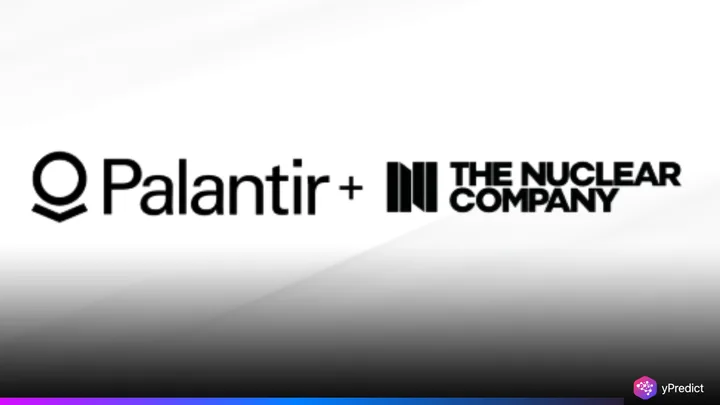
Palantir Technologies has joined forces with The Nuclear Company to tackle one of energy’s toughest problems: slow, costly nuclear construction. The two firms are building NOS, an AI-powered platform designed to cut delays, reduce costs, and accelerate the deployment of nuclear reactors across the United States. The system will run on Palantir’s Foundry platform and offer real-time insights during construction. This includes guidance on materials, weather, and supply chain issues.
Mike Gallagher of Palantir called it “a foundation for a new era of secure energy systems.” The partnership arrives as nuclear energy gains new momentum in U.S. policy. In May, President Donald Trump called for 400 GW of nuclear capacity by 2050. Meanwhile, China is adding 10 GW of new nuclear power each year, while the U.S. has added only 2 GW in the last 30 years. NOS aims to help the U.S. catch up fast.
AI Tool Brings Predictability to Nuclear Construction
The AI tool, named NOS, is the first of its kind built specifically for nuclear construction. It combines real-time data, predictive analytics, and automation to help teams stay on schedule and budget. Running on Palantir’s Foundry, NOS gives construction crews instant updates. For example, if a part is delayed or rain is forecast, the system adapts schedules on the fly. A digital twin of the site uses sensor data to compare actual progress with plans.
The software also tracks every part and document, reducing shipment errors and missing paperwork. When problems arise, NOS suggests backup plans. It even helps with government paperwork, using AI to scan and validate thousands of regulatory files. “This isn’t just about software,” said Jonathan Webb, CEO of The Nuclear Company. “It’s about changing how America builds again, fast, safe, and at scale.”
Fast Results, But Scaling May Be the Bigger Test
The companies say NOS can help prevent mistakes before they become delays. Sensors catch problems early. AI flags risks before costs rise. NOS promises time savings and better oversight in an industry known for overruns. To deliver results quickly, Palantir has embedded a full engineering team inside The Nuclear Company. Together, they aim to unify construction, workforce, and safety data, all in one place.
Still, there are challenges ahead. NOS must prove it can scale across multiple reactor projects. Some critics worry that data-heavy systems might overlook on-the-ground realities. Others point to the need for broader workforce training to make the most of NOS’s features. But the timing is critical. With pressure mounting to close the gap with China, the U.S. must build 10 large nuclear plants by 2030 to meet federal goals. The Nuclear Company says NOS is key to making that timeline possible.
Palantir’s Move Signals a Shift in Energy Tech
The NOS rollout reflects a broader trend: tech firms stepping into heavy infrastructure. For Palantir, this isn’t just another software deployment. It’s part of its Warp Speed program, aimed at fast-tracking projects that matter to national security.
For the Nuclear Company, NOS brings credibility and urgency to its mission. If the platform delivers, it could reset how nuclear projects are built, not just in America but globally. As energy demand rises and the AI race heats up, reliable, clean power is becoming a national priority. With NOS, both companies are betting that software can make nuclear fast again.






